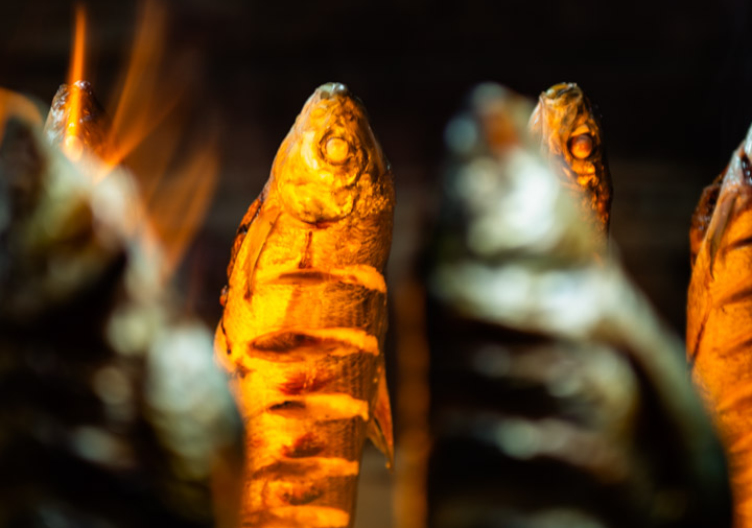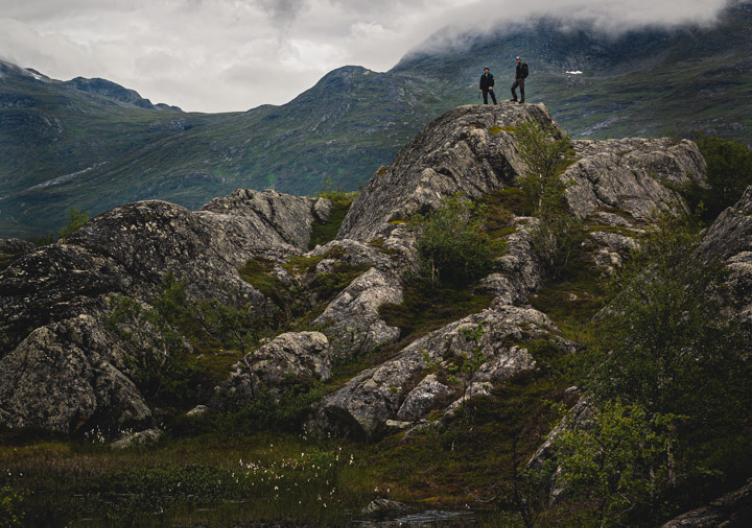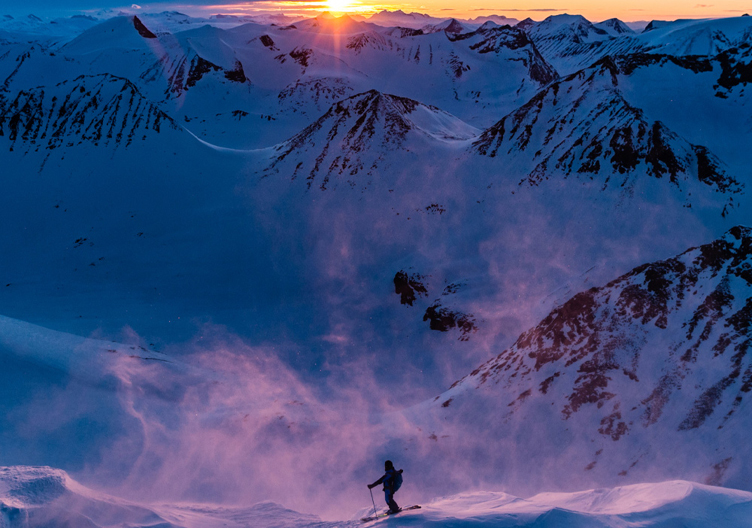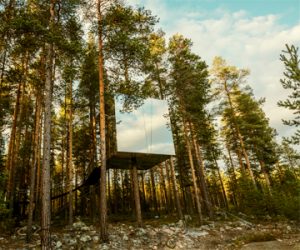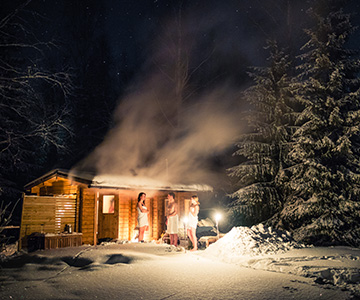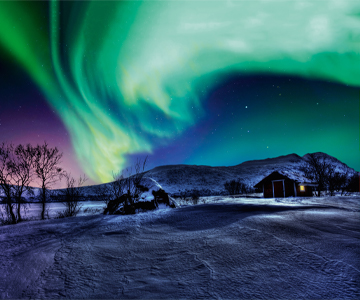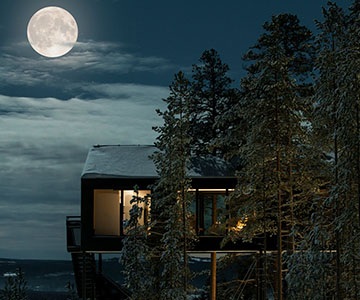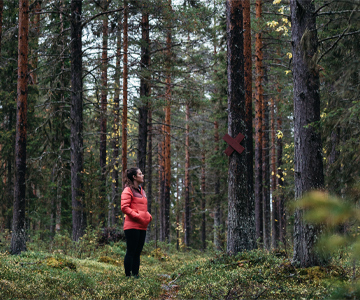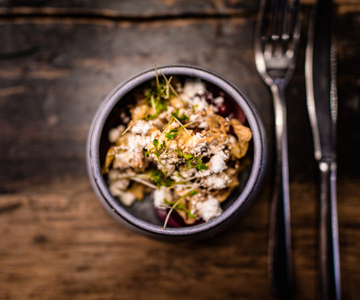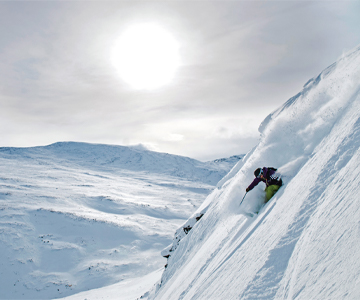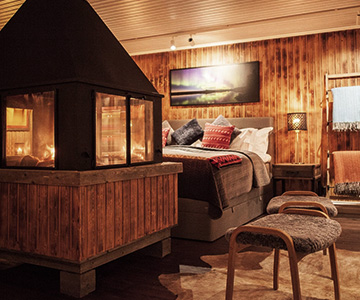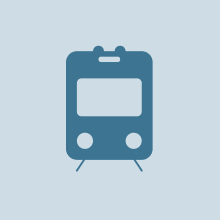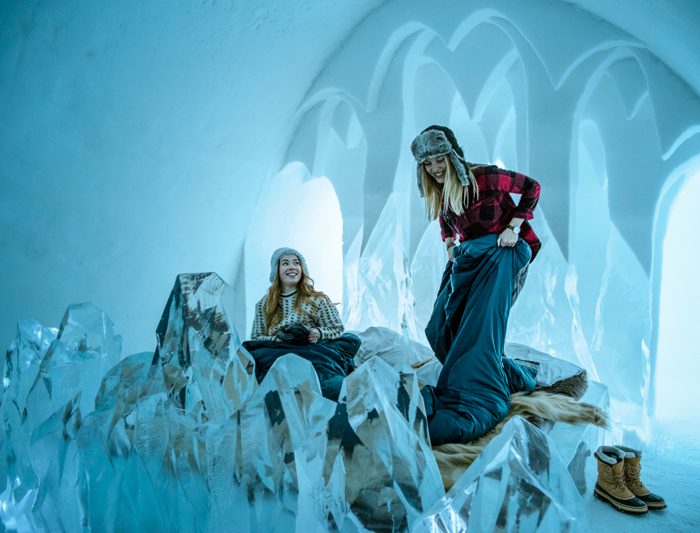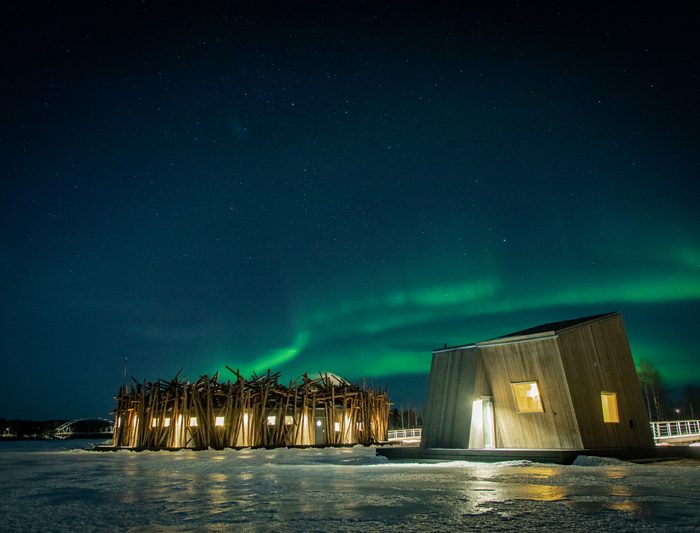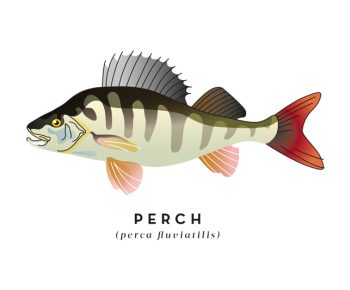On a summer’s morning in July, the morning train trundles into Boden. The town and the municipality are known for their military and cultural history and starting a few years back, some of Sweden’s coolest accommodation and attractions are found here. You have 36 hours to do something exciting. So: what will you do in Boden, now that you’re here?
Morning: Boden’s railway station is somewhat legendary. Lenin is counted among the famous people who changed trains here back in the days when foreign guests were still welcomed. Then Lenin went home and started a revolution, and this complicated matters for foreign visitors. The strategic military city of Boden actually didn’t welcome foreign visitors again until the 1990s. These days the municipality houses some of the most well-known destinations in Swedish Lapland, such as Treehotel, Arctic Bath and Loggers Lodge.
From the station you follow Nobel Prize winner Eyvind Jonsson’s footsteps to the town centre and Hotel Bodensia. Eyvind writes about his memories on seven paintings. When you arrive at the square Pumptorget you read “… what is newly built on those plots I don’t have time to perceive. Through the electrically illuminated darkness I see mostly something that has disappeared, that might not have disappeared at all.” I’m thinking Eyvind would have been surprised by That Greek Place, the Greek food cart, or Bastard Burgers behind it, here in the square.
At the next painting a bit further up the road he writes about summer sunsets over lake Bodträsket and spies in the fortress up on Degerberget. The sunsets are the same these days, even if it’s the reflection of restaurant M/S Bränna you can see in the lake these days. You buy breakfast at the hotel. Then sit down to make a rough plan for the day. Your intention is to wear your walking shoes down a bit more than usual.
During the day: It’s hard to believe that the town Boden used to be a fortress and Sweden’s most expensive defence facility of all time as you stroll along the pedestrianised street in the centre. But in between Espresso House, the galleria and the state off-licence, there are five statues in the middle of the square to remind you of the fortress.
Rödbergsfortet, one of the forts of this fortress, is located some 5 km from town. You can see its bald head from the square. Rödbergsfortet is open during summer and the perfect walking destination. In an hour or so, after you’ve visited the Defence Museum on your way to the fort, you can have a coffee, enjoy the view, and learn more about the exciting military history of the place. It’s an interesting trip back in time to a state of affairs that many have already forgotten.
During summer you can take the bus tour ‘Boden Fortress and its secret places’, which is also fascinating. From the top of Rödbergsfortet you get a magnificent view of the Lule River travelling down towards Luleå and the coast as well as the town itself, with its garrison and the trotting track where the Midnight Trot is normally held – this is a part of Sweden where horses are highly appreciated.
When you’ve enjoyed the view for a while you go to Marketenteriet for some coffee. Known as ‘Markan’ this café is part of both the museum and history itself.
Evening. You walk back almost the same way as you came. You can feel your legs ache a little and wonder if perhaps a steam sauna would help. Nordpoolen is a favourite among children and families with children, but since it’s late afternoon it’s a perfect place for you to go as well. You decide you might as well swim a couple of lengths in the swimming pool before you make the most of the saunas on offer. On your way to M/S Bränna you sneak in to Bryggmästarn. It’s a micro-brewery that serves food with a touch of central Europe and a classic English pub. You try a few small glasses of the local offerings.
M/S Bränna offers mushroom toast as a starter and Arctic char as the main course. People enjoy summer at the bar and on the sun deck facing the water. People moving around town in a way that would suit Eyvind’s famous book Stad i ljus (Town in Light), but unlike Eyvind’s main character you’re not drifting around starving, waiting for money to be sent poste restante. Other restaurants, apart from pizza places and sushi bars, could be institutions such as Panelen, Färgaregatan or Suzie Q.
Morning: You wake up early in the summer light and lace up your shoes. You have another day to experience Boden, so there’s no point lingering in your hotel room. The morning air is crisp, and you take a shortcut along the pedestrian street to Rönnbäck’s street kitchen, where you take a left down to the channel. Then you start jogging back towards the centre along the water that cuts through town, towards lake Bodträsket. Out on Kvarnängen there’s an outdoor gym and you take the opportunity to exercise a little. You’re on the road and this holiday is meant to make you feel good, so why not take the chance when it’s presented. Breakfast will soon be your reward. Perhaps an extra pancake after some additional sit-ups?
You drop off your bag at the luggage storage at Bodensia. You decide to have a coffee at Espresso House while you’re considering your options, but in the end you decide that Havremagasinet will be the most important stop of the day. Havremagasinet in Boden is Norbotten’s county art gallery and you’re planning a short walk through town, checking out shops before the gallery opens at noon. Nära Mat Boden, the market hall next to the Tourist Centre is a good start if you want to get a feel for the place. Make sure you try Tegelbruket’s ice cream.
About Boden
Boden is a small town with a long history of integration with different Swedish cultures. People from all over Sweden moved here to work in the Swedish Army or by the railway. Boden’s two river valleys give the area its character and offer a lovely natural playground with engaging activities for the whole family. Not far from Boden, you’ll find the village Harads, home to the world-famous Treehotel and Arctic Bath.
Have a chat with the local tourist information for more insights. bodeninswedishlapland.se
Curious about living in Boden?
Check out flyttatillboden.se
Daytime: Havremagasinet in Boden is Norrbotten’s county art gallery, as mentioned above. This six-story building used to be one gigantic machine where oats were stored for the company horses, and for the soldiers’ breakfast porridge. Today it’s a magnificent showroom and Café Pampas on the ground floor is everything you need when your feet are tired and you’re in need of a rest. You sit there with a latte and then perhaps a refreshing drink in the small outside garden. Smaller dishes and home-made pastries are also available, excellent as a late lunch or a quick snack before and after you take in the exhibitions on offer.
Packing up: You could have stayed longer, for sure. That’s always the case. Experienced perfect glamping at Lapland Yurts in Vittjärv, or on a floating jetty with your own sauna with Aurora Safari Camp. Sörbyn Lodge or Arctic Retreat would have been anything but glamping: rustic and excellent accommodation where you’re never far from a nature experience. Staying there, you would have had time to take on the running-friendly terrain of Paglas, go salmon fishing in the middle of town, or just hang out by the pool at First Camp, but when the train rolls into Boden for further travels into the world, you’re thinking that you actually managed to do quite a lot during your 36 hours.



